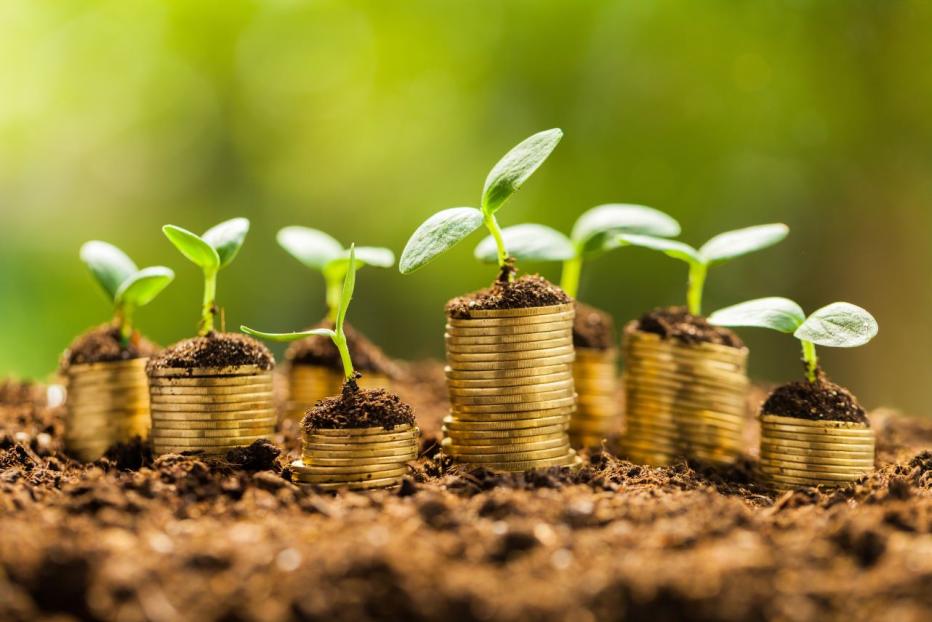
This just in! In the latest issue of The Environment magazine, Jacobs Director of Environment Management & Sustainability Mark Browning and Principal Carbon & Energy Consultant Dr Ariane Brotto report on green finance, the challenges we face in terms of sustainable development, the drivers for green finance and how can it help us meet the Net Zero Carbon (NZC) agenda and other sustainability priorities. They also consider some of the gaps we need to keep in mind when considering green finance, particularly related to infrastructure, and the potential way ahead to ensure green finance addresses the gaps and provides the outcomes we desire.
Read the full article here.
Green finance covers a range of financial products such as loans, bonds or investments used to finance in part or in full green projects, assets or activities which provide environmental outcomes. According to the Green Bond Principles – a voluntary guideline for issuing new bonds that promote integrity in the green bond market through transparency and disclosure – a bond can obtain green credentials if the proceeds are applied to one or more of the following eligible categories:

Eligible green projects categories based on the Green Bond Principles by the International Capital Market Association (ICMA).
Climate finance is a subset of green finance – focused on climate change mitigation and adaptation, as well as sustainable finance, which integrates environmental, social and governance (ESG) considerations, and increasingly the UN Sustainable Development Goals (SDGs), into financial services.
The world’s population is expected to increase by 25%, from 7.7 billion currently to 9.7bn in 2050 and two thirds of the population is expected to live in cities. The infrastructure investment needed to meet both this demand and the upgrade of existing infrastructure will be immense. With global energy demand expected to grow by 46% by 2050, the International Panel on Climate Change (IPCC) estimates that a six-fold increase in investment in low carbon energy technologies and energy efficiency is needed to limit the global temperature increase to 1.5oC by 2050 compared to 2015.
Green finance is the way ahead
If we are to meet our aims to improve the quality of people’s lives and transition to a low carbon economy, then it is clear that investment is required at scale with a significant proportion of this having to come from the private sector. The exceptional growth and interest in green finance are to be welcomed and we must encourage more of this and quickly. If the criteria for green finance are framed with genuine green objectives, such as low or net zero carbon, then it is a significant opportunity to ensure we can transition to a net zero economy and develop a more resilient society and economy.
Mark Browning is a Director in the Environment and Sustainability team at Jacobs, having worked for over 25 years with the financial services sector on sustainability issues.
Dr. Ariane Brotto is a Principal Carbon and Energy Consultant at Jacobs, advising clients on decarbonization and net zero strategies.












































